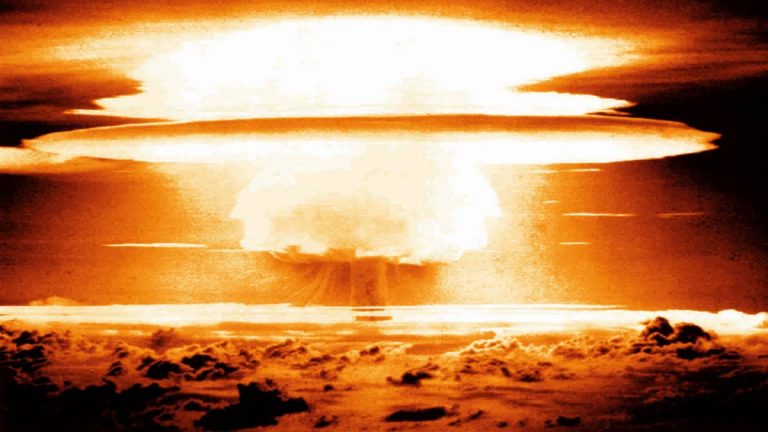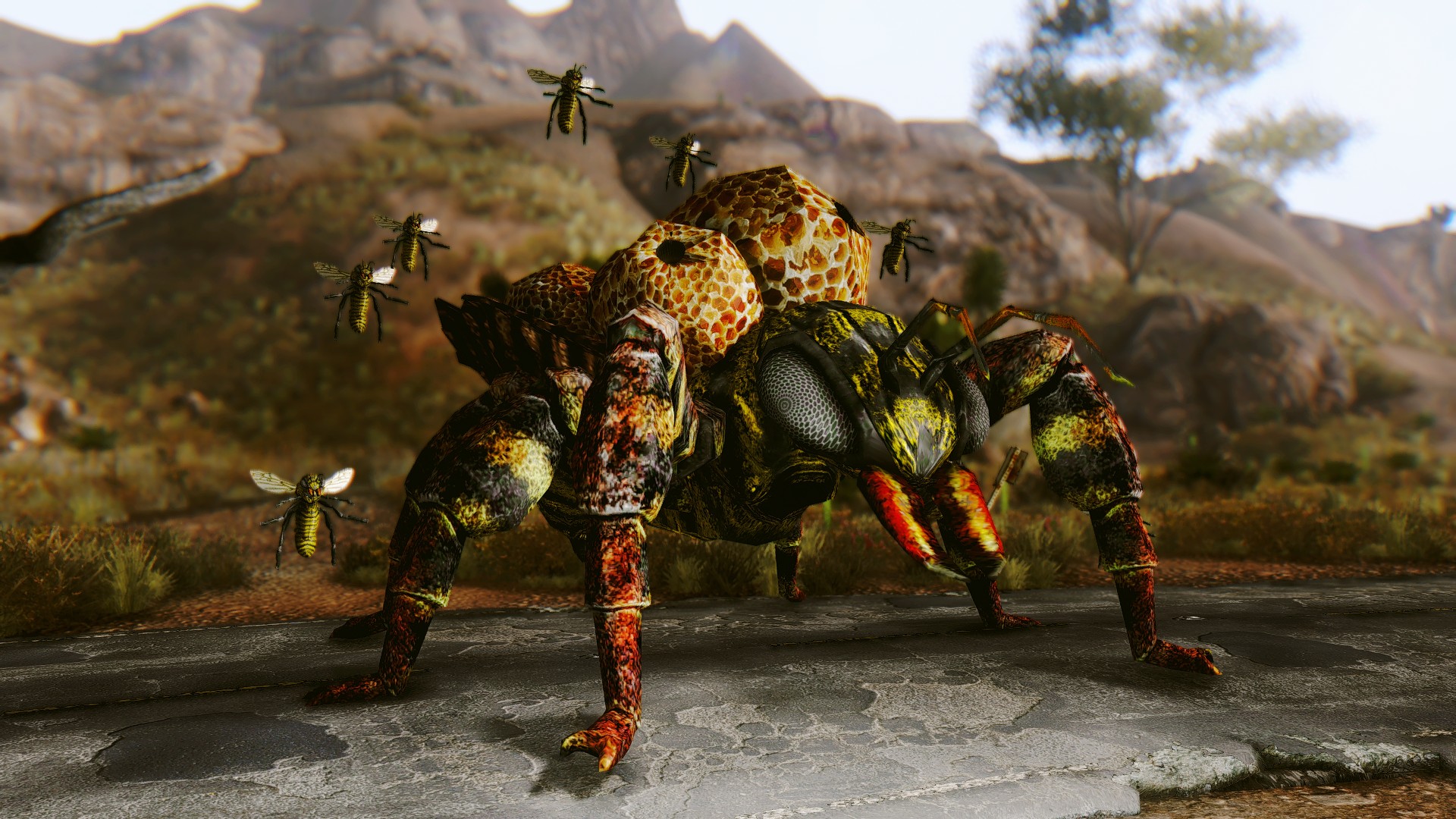Radioactive isotopes of caesium-137 have been found in American honey, a new study has revealed.
The isotopes were almost certainly produced during the regular atomic weapons tests carried out by the United States and the Soviet Union during the Cold War, and illustrate just another way the lingering toxic legacy of that global conflict continues to be felt today.
Honey, a delicious natural food, has come in for a bit of a rough time of late, with other research showing that honey bees are accruing toxic microplastics and depositing them in their honey. In their own way, microplastics may be as much of a threat to humanity’s survival as the Bomb ever was.
Radioactive honey: caesium pollution

The new study began as a short Spring Break assignment for students at the College of William and Mary, Virginia but quickly became a multi-year study of the continuing effects of Cold War -era nuclear testing.
Jim Kaste, an associate professor, asked students to bring back local food following the Spring Break so that it could be tested for radioactive particles.
When measuring the isotope cesium-137, a relic of atom bomb tests, the honey was found to have almost 100 times the caesium levels of all other foods.
“I measured it again because I thought something happened to the container or my detector was bonkers. I reproduced the measurement. And it was, again, 100 times hotter than any of these other foods,” Kaste says in a university release.
Kaste then decided to find as many honey samples as he could from the eastern United States.
“Basically, I started by just finding honey producers. I needed to verify that they were local, small-scale honey producers. And so I would email them. We’d order it and once it got here, then we would usually pour it into this 150-milliliter petri dish,” adds one of Kaste’s students.
The researchers put the honey samples in a gamma detector for multiple days, which looked for the emission of gamma particles as the caesium-137 began to decay. As many as 68 of 122 samples contained varying amounts of caesium-137.
Kaste believes that the particles traveled up into the atmosphere over nuclear test sites in the desert, with winds carrying them east until rainfall brought them back down to the ground. Once the caesium returned to the earth, it remained deep in soil low in potassium.
“Potassium is an important nutrient for plants,” Kaste explains. “And potassium and cesium atoms look very similar.”
Plants low in potassium, primarily in states south of the Carolinas, probably absorbed caesium as an alternative.
From there, bees collected the caesium while gathering nectar, and the concentration was then magnified during the process of making honey. Places where potassium levels in soil were lowest also had the highest concentration of caesium-137 in their honey.
Microplastics in honey? Yes, we’re afraid so…

Honeybees are covered in electrostatically charged hairs that help efficiently trap pollen and other debris during their daily activities, according to Nat Geo.
However, these small hairs have trapped another undesirable residue in plastics. A total of 13 different synthetic polymers were detected in a study on microplastics and honeybees conducted in Denmark.
Bees have been studied for years by scientists to track the proliferation of pollution in the atmosphere due to their hairs.
“This work demonstrates for the first time the possibility of using honeybees as a bioindicator for the presence of MPs (microplastics) in the environment,” the researchers noted.
Click here to read more about this unpleasant discovery
Kaste says, though, that there is no reason to panic: the amounts detected are not harmful to the public.
“I eat more honey now than I did when I started this project,” he says.
The search for radioactive particles in food has been taking place for some time. After the end of the Cold War, the U.S. government conducted tests for radionuclides in food, mainly in drinks.
While no products have ever been taken off the market, records show small amounts of cesium-137 are still present in food products 60 years after the country’s nuclear tests.
Kaste hopes his work demonstrates just how long pollutants remain in our atmosphere and affect future generations. It takes a long time for caesium and other pollutants to disappear completely, and the study’s authors fear it’ll take even longer in the former Soviet Union.
“We know that the cesium-137 production from the Pacific and Russian sites was more than 400 times the production of the New Mexico and Nevada explosions,” Kaste concludes. “A single Russian bomb, the Tsar Bomb, was more than 50 times more powerful than all the Nevada and New Mexico tests combined.”
On a far greater scale today is the menace from plastics, and especially microplastics, which have already been found in honey. This pollution has the potential to have far worse effects, we would argue.
Thankfully, awareness is now growing. But it will take much more than just increased awareness to deal with a problem which is now planetary in scale, with the characteristics of a “force of nature” and the potential to help bring about the end of the human race, if one expert’s dire warnings are to be taken seriously.

Don’t hesitate to email us at [email protected] for personalized coaching and a client questionnaire if you’d like DEDICATED tailor-made personal training on strength training, building muscle, losing fat, developing athleticism, and more — all to your liking, lifestyle, habits, and taste!
Otherwise, don’t forget to claim your FREE eBook detailing how to lose 20lb of fat while building muscle in 12 weeks! You can claim it here.
Alternatively, you can pick up a FREE eBook on fundamental strength principles offering an introductory workout program.











